Recipes for making adjika with aspirin for the winter
From raw vegetables, without any heat treatment, adjika with aspirin is prepared for the winter. The spicy seasoning itself is well stored, and in the presence of an additional preservative it does not change its consistency and taste for a very long time. The fact is that the classic adjika recipe has undergone changes long ago.
Most of the Caucasian appetizer options now contain tomatoes. Acetylsalicylic acid perfectly dissolves in tomato puree, creating obstacles for the development of pathogenic microflora, protecting the vegetable preparation from the appearance of mold.
By tradition, adjika contains a large number of ingredients with antimicrobial properties: various types of hot and sweet peppers, grated horseradish root, garlic. The seasoning is prepared with a large amount of salt, which helps to slow down the development of the vital activity of bacteria. All these features have historically been due to the purpose of the hot seasoning. She represented a thick paste of spices and hot pepper, ground with salt.

Nowadays in cooking such strongly salty and spicy seasonings are less in demand. But the duration of storage of winter blanks is always relevant. Cooking adjika with aspirin reduces the pungency and salinity of the workpiece. The presence of tomatoes in recipes improves the taste, makes it possible to use the seasoning as a sauce or a kind of snack.
It must be said about the large amount of vitamins that raw adjika contains. That is why it is important to preserve the beneficial properties of the seasoning as long as possible. The cooking process itself is very simple.
If, at the same time, long-term cooking is excluded, then most of the time is spent only on cleaning vegetables. Crushed aspirin is added to the canned food at the very end, before packing into cans.
Raw adjika recipes
The proposed recipes are prepared without heat treatment and without exception are suitable for long-term storage. Adjika is being prepared with ordinary aspirin, which is available in almost every home and is sold without a prescription in pharmacies.
Adjika with tomatoes and horseradish root
The non-boiled version of adzhika with horseradish is very popular. Its composition can be adjusted to suit your taste, and among the people this simple and invigorating seasoning is simply called "horseradish".
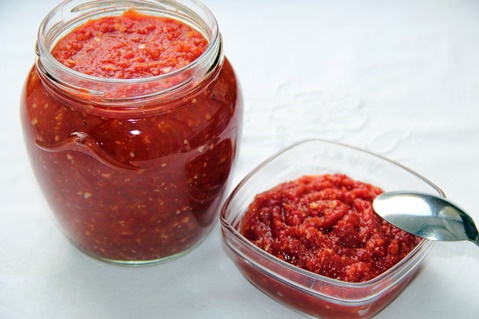
Required:
- ripe red tomatoes - 3 kg;
- hot pepper - 10-15 pods;
- sweet pepper - 500 g;
- garlic - 5 whole heads;
- horseradish root - 100-150 g;
- coarse salt - 25 g;
- aspirin tablets - 6 pcs.
Important! The main thing in any workpiece, which is prepared without cooking, is the preparation of high-quality raw materials.
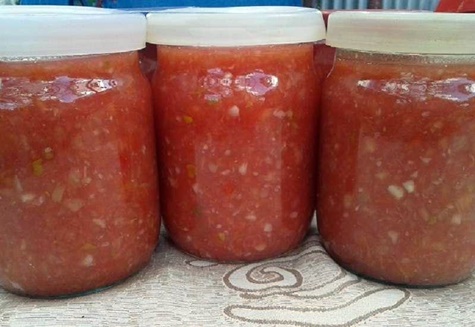
Adjika is no exception for the winter without cooking. Vegetables should not show signs of spoilage, they are sorted out, rejecting all suspicious specimens.The basis of the seasoning is tomato puree. The final result largely depends on the ripeness and taste of the tomato. Only high-quality tomatoes of a deep red color will give the sauce the desired shade. Tomatoes are thoroughly washed, cut into slices, removing rough areas at the base of the stalk.
Sweet and hot peppers are cleaned by removing the stalks and seeds. Wash, let dry. Cut into strips. Horseradish roots and heads of garlic are peeled, washed, allowed to dry. When cleaning hot peppers, horseradish, it is better to use medical gloves to protect your hands from burns. All components are crushed in a vegetable cutter or electric meat grinder.
The resulting sauce is mixed by adding salt and crushed salicylic acid tablets. Seasoning is packaged in small jars, sealed and stored in a cool place. It will acquire a real vigorous taste and characteristic aroma in a couple of weeks, when all the components are infused.
Important! Store preparations with raw vegetables in a refrigerator or cellar, at a temperature of 6-8 degrees.
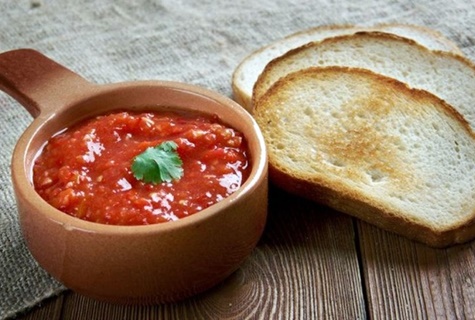
Adjika from tomato and garlic
This winter harvest has a milder taste. It is made from traditional ingredients, but acetylsalicylic acid is added to the sauce instead of vinegar as an additional preservative. Served as an independent appetizer or as an original seasoning for meat dishes.
For its preparation are used:
- tomatoes - 4 kg;
- sweet bell pepper - 1 kg;
- hot chili pepper - 150 g;
- garlic - 250 g;
- sugar - 30 g;
- salt - 100 g;
- acetyl tablets - 20 pcs.
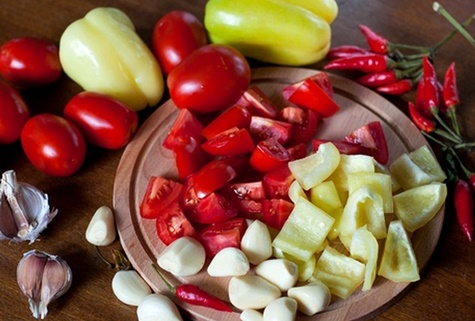
For raw preparations, it is important to select only high-quality vegetables, without any signs of spoilage. Wash and dry tomatoes and peppers. The stalks, seeds and internal partitions are removed from the pepper pods, which subsequently increase the bitterness of the final product. Pepper is washed from seeds and allowed to drain off excess water. Tomatoes are cut into quarters, simultaneously removing rough areas near the stalk. Garlic is peeled, washed, dried.
In the next step, all ingredients are ground in any suitable way. It can be a vegetable cutter, electric or mechanical meat grinder, blender, food processor. The same procedure is used for aspirin tablets. They can be ground in a coffee grinder or ceramic mortar.
Then all ingredients are mixed by adding salt and sugar. Lastly, crushed salicylic is poured into the sauce. The mixture is left overnight in a common container. During this time, all components will dissolve in tomato juice, and the necessary biochemical processes will begin.

The next day, the finished product is packed in small glass jars. Pre-containers, including lids, must be washed and sterilized. Subject to the preparation technology and the required temperature, the shelf life of the workpiece is very long. Some housewives keep such spices in the refrigerator for several years.
The use of aspirin as a preservative is controversial. Its presence really helps to extend the shelf life of vegetables, which is very difficult to achieve without cooking. The fresh taste of the product also speaks as an argument in defense of this method of canning. Adjika is as if just cooked, the unique taste and aroma of tomatoes and peppers is preserved.
There is no need to add a large amount of salt to the preparation, which means that it can be used as an independent dish, and not as an additional seasoning.
The difference between a fresh snack and one that took a long time to cook is very large. These are products that are completely different in composition and taste. But the choice depends only on the hostess, her priorities and capabilities. In any case, this method of harvesting can come in handy because of its availability and convenience.
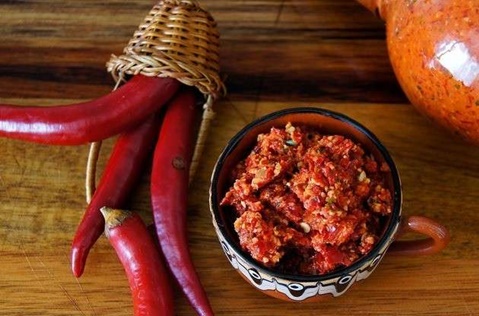
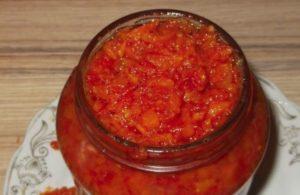
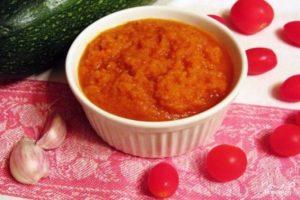
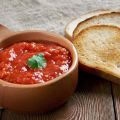

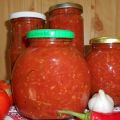
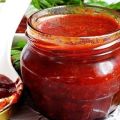
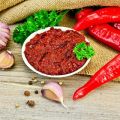

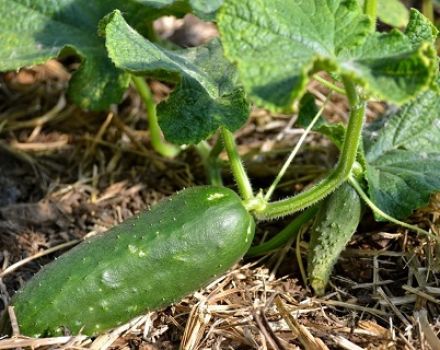

Adjika cooked from her tomatoes, which, by the way, she grew with the help of a cool tool BioGrow, greatly accelerates growth. So, I prepared adjika according to this recipe, it turned out just super, my husband is happy, and I love this too, the recipe is definitely working.
Try this adjika; bitter pepper, garlic, celery - all through a meat grinder, concentration to taste. A tablespoon of salt per liter jar. Storage in a cold place under a nylon lid. Use with meat, chicken, borscht, lard, dumplings. Twist hot pepper with seeds.